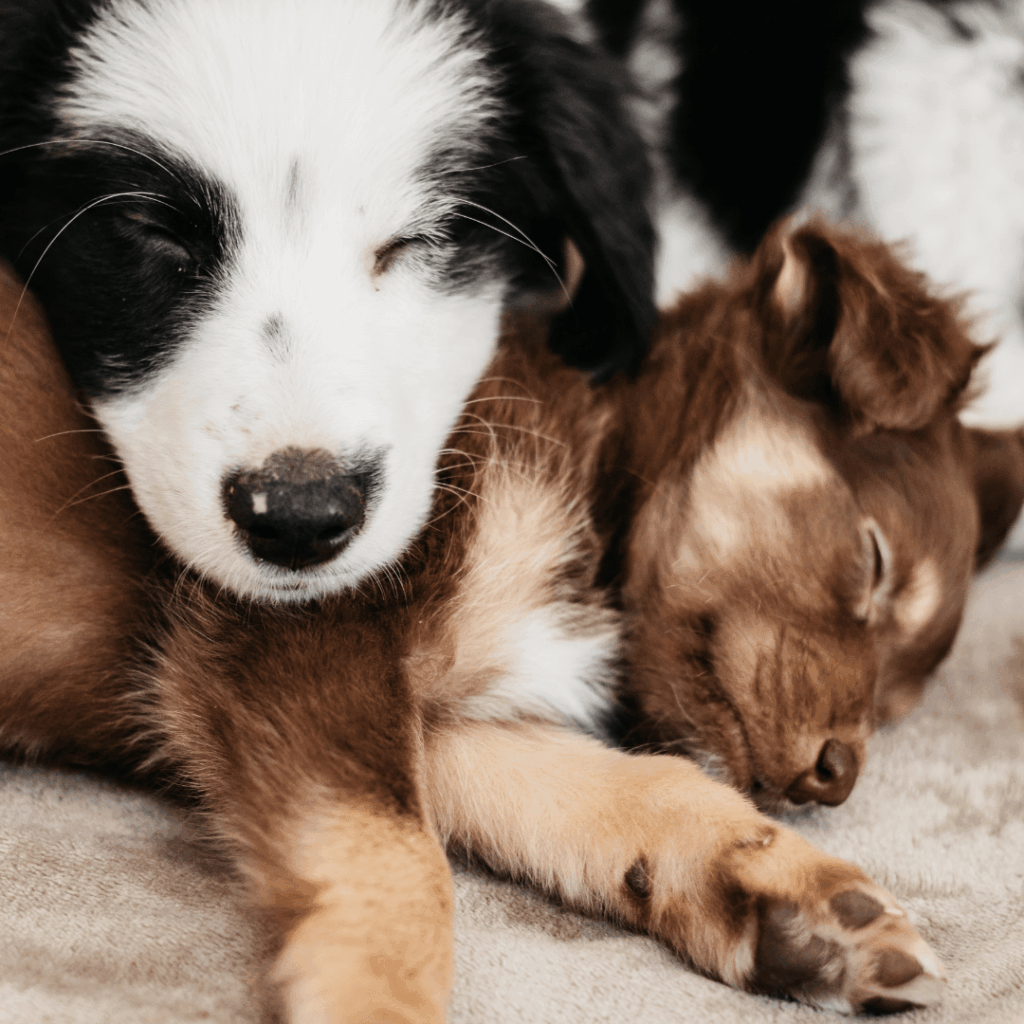Bringing a new dog into your home is an exciting experience, but raising a healthy and well-behaved pet requires knowledge, preparation, and the right approach. Many first-time dog owners believe that choosing an energetic puppy, feeding it generously, and bathing it often is enough. In reality, proper dog care goes far beyond that. From choosing a reputable breeder to providing the right nutrition, grooming routine, and training, every small detail contributes to your dog’s long-term well-being.
This comprehensive guide will walk you through essential dog-raising experience shared by long-time dog owners, breeders, and veterinarians—helping you confidently welcome your new companion into a safe, loving environment.

Choosing a Reliable Place to Buy Your Dog
One of the most important steps in raising a dog is selecting a trustworthy place to adopt or purchase your puppy.
Ideally, choose a breeder whose dogs are born and raised at home, where you can see the mother dog and assess the environment. Reputable breeders provide puppies with clear origin documents, health records, and vaccination history. A proper health book should include dates of vaccinations, deworming schedules, and general health notes.
Experienced dog owners strongly recommend buying puppies older than two months. Puppies younger than eight weeks are still dependent on their mother’s milk and immune system. If separated too early, they may struggle to adapt, eat poorly, or develop emotional issues.
At eight weeks and older:
- Puppies are fully weaned.
- Their digestive system is more stable.
- They begin learning to eat solid food.
- They adapt more easily to training and new environments.
Many reputable breeders specialize in popular breeds like Husky, French Bulldog, Rottweiler, Poodle, Alaskan Malamute, Pomeranian, and German Shepherd. You can research online or ask experienced dog owners to help you check the breeder’s reputation.
First Steps When Bringing Your Puppy Home

1. Health Check-Up
The first thing you should do when your puppy arrives is take it to a licensed veterinarian. A full health check-up helps detect hidden issues and ensures your dog begins life with you in the best condition. Request a health record book if the puppy doesn’t have one.
2. Prepare a Comfortable Living Space
Your dog needs a clean, safe, and well-ventilated space. Avoid letting dogs sleep in direct air conditioning or under a fan, as they can easily catch a cold or develop respiratory issues. Keep puppies away from balconies, high windows, or stairs to avoid accidents.
3. Avoid Bathing Immediately
Do not bathe your dog right after bringing it home. If it smells, use dry shampoo for dogs. Bathing too soon can cause pneumonia or trigger infections—especially dangerous for young puppies.
The first few nights can be stressful since your puppy is away from its mother. Comfort it with gentle cuddling to help it feel secure.
Feeding Your Dog the Right Way

Provide a Balanced Diet
Feeding your dog properly doesn’t mean giving it the most expensive foods. What matters is a balanced diet with enough nutrients:
- Protein
- Healthy fats
- Carbohydrates
- Minerals
- Vitamins
Avoid overfeeding or letting your dog go hungry. Puppies often eat everything given to them, so portion control is important. Dry dog food is recommended because it is balanced and reduces digestive issues.
To improve flavor, you can occasionally mix dry food with pâté or wet food sauce.
Foods to Avoid
Certain foods can be dangerous—or even fatal—to dogs:
- Chocolate
- Sweets, candy, cake
- Raw chicken or duck bones (they splinter easily and can pierce the stomach)
- Too much milk, extremely fatty foods, salty foods
- Raw eggs
- Smoke-cured or processed meats like sausage or ham
- Spoiled or expired food
If feeding fish, always remove the bones completely.
Scientific Feeding Schedule

A general guide for feeding by age:
- Under 2 months: 6 meals/day
- 2–4 months: 5 meals/day
- 4–6 months: 4 meals/day
- 6–10 months: 3 meals/day
- Over 10 months: 2 meals/day
If changing your dog’s food brand, introduce the new food gradually over a week:
- Day 1–2: 25% new food + 75% old
- Day 3–4: 50% new + 50% old
- Day 5–6: 75% new + 25% old
- Day 7: 100% new
Always keep clean drinking water available and wash food bowls daily.
Maintaining Good Health: Vaccination & Deworming

Proper medical care is essential for your puppy’s survival and long-term health.
Deworming Schedule
- Puppies under 6 months: deworm once a month
- Dogs older than 6 months: deworm every 3–4 months
Vaccination Schedule
Vaccination protects dogs from deadly diseases like:
- Distemper (Carre)
- Parvovirus
- Hepatitis (Adenovirus 1 & 2)
- Parainfluenza
- Leptospirosis
- Rabies
These vaccinations are often combined into a single injection. Rabies vaccination must be repeated annually.
Essential Items Every Dog Owner Needs

To make your dog’s life safer and more comfortable, prepare these essentials:
✅ Collar & ID Tag
Prevents loss and helps others contact you if your dog runs away.
✅ Dog Toothbrush & Toothpaste
Use only pet-safe products. Brush daily to prevent dental diseases.
✅ Dog Grooming Comb
Choose both wide-tooth and fine-tooth combs. Rounded tips help avoid scratching your dog’s skin.
✅ Nail Clippers & Grooming Scissors
Use round-tip scissors to trim fur around the eyes, paws, and sensitive areas safely.
✅ Electric Clipper (Trimmer)
Useful for trimming tangled fur or grooming long-haired breeds.
✅ Pet Travel Bag
Needed for vet visits, grooming appointments, or outdoor trips.
✅ Muzzle
Prevents your dog from eating harmful objects and protects other people.
Grooming & Coat Care
Long-haired breeds like Huskies, Samoyeds, and Alaskans require regular grooming:
- Bathe with dog-specific shampoo
- Comb fur daily to remove loose hair
- Check for fleas, ticks, or skin irritation
If you’re inexperienced, you can take your dog to a professional grooming spa until you feel confident enough to groom at home.
Use flea collars or flea treatment medicine if necessary.
Daily Exercise: A Must for All Dogs

Dogs need physical activity to stay healthy. Without exercise, they may become stressed, overweight, or destructive.
- Walk your dog daily
- Play fetch, frisbee, or tug-of-war
- Teach simple commands like sit, stay, or bring
You may also adopt a second dog so they can play together—reducing boredom and building companionship.
Cleanliness & Toilet Training
To keep your home clean and hygienic, begin toilet training early.
How to toilet-train a puppy
- Identify the exact place where your dog will live.
- Place a litter tray, pee pad, or a shallow box filled with sand.
- Observe your puppy’s behavior—spinning, sniffing, or squatting means it needs to go.
- Gently guide the puppy to the toilet area.
- Reward with treats when it succeeds.
Puppies usually need to go:
- In the morning
- After meals
- After playtime
Consistency helps them form habits quickly.
Cost-Saving Dog Care Tips
Even on a tight budget, you can raise a healthy dog by following these tips:
✅ Adopt Rescue Dogs
Many shelters allow free adoption or require a small fee.
✅ Vaccinate Early
Prevention is far cheaper than treatment for deadly diseases.
✅ Feed Properly & Exercise
Helps avoid obesity-related diseases like diabetes or heart issues.
✅ Consider Spaying or Neutering
Prevents uncontrolled breeding and reduces long-term health risks.
✅ Keep Dogs Indoors or in a Secured Area
Prevents accidents and costly injuries.
✅ Choose Quality Products
Cheap items may break quickly or harm your dog, costing more in the long run.
Final Thoughts
Raising a dog is a joyful and rewarding journey, but it requires attention, patience, and proper knowledge. By following these essential dog care tips—choosing the right breeder, feeding properly, maintaining hygiene, ensuring healthcare, and providing unconditional love—you’ll give your furry companion the best life possible.
With the right foundation, your dog will grow healthy, confident, and loyal, bringing happiness to your family for many years.
